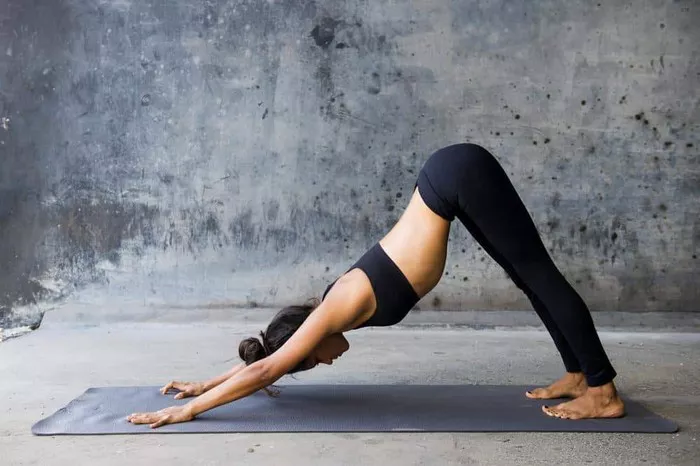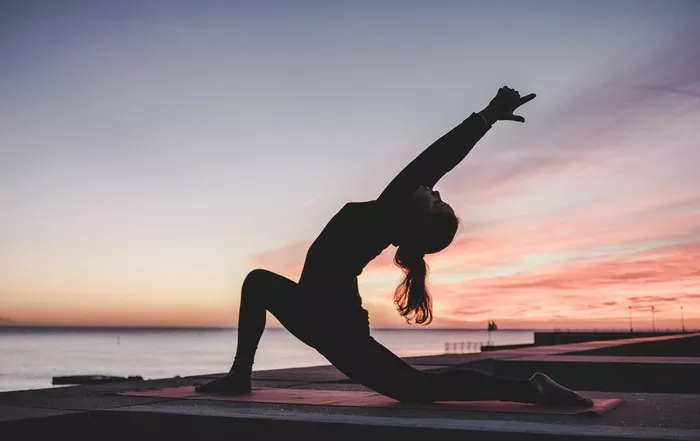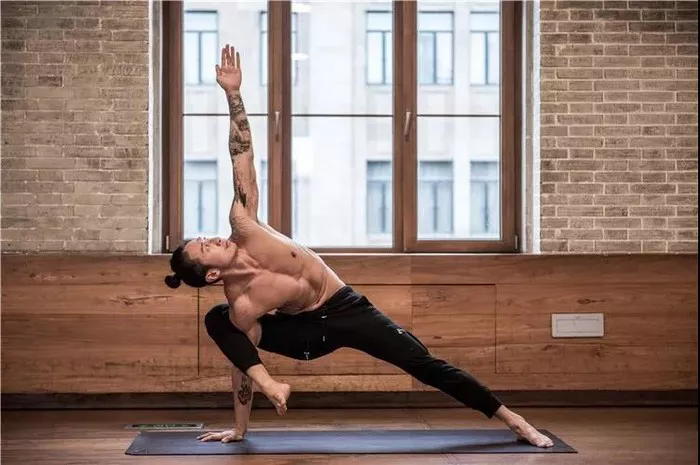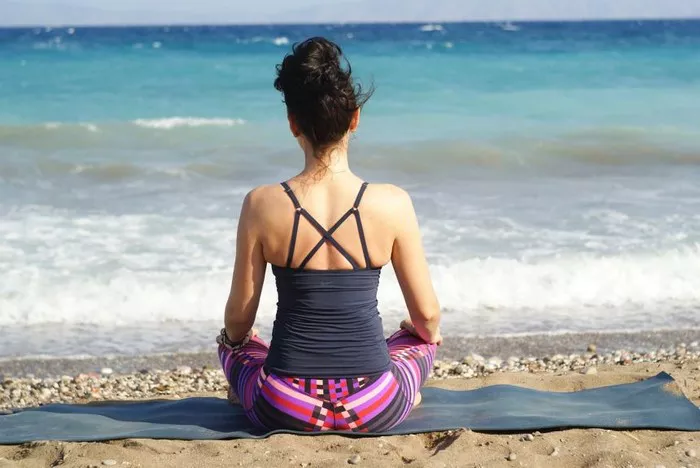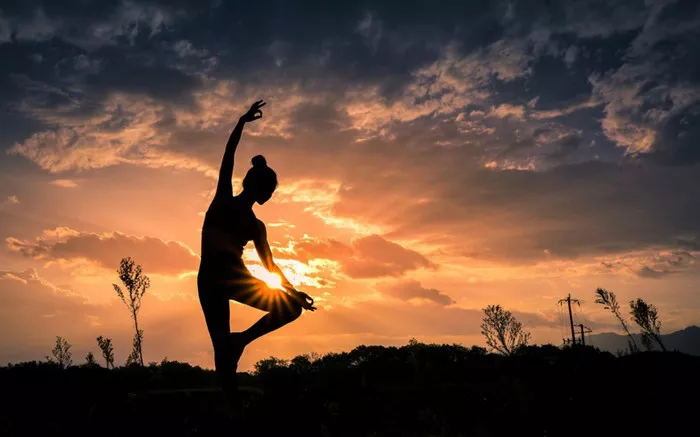Sphinx pose (Salamba Bhujangasana) is a well-known and widely practiced pose in yoga, often used to promote relaxation, strengthen the spine, and enhance flexibility in the back and abdomen. However, like any other physical exercise, it is important to be aware that not everyone should perform sphinx pose, especially if they have specific medical conditions or physical limitations.
In this article, we will explore the potential contraindications and reasons why some individuals should avoid sphinx pose. By understanding these limitations, yoga practitioners can make informed decisions about their practice, ensuring that they maintain safety and prevent injury.
What is Sphinx Pose?
The sphinx pose is a gentle backbend that is performed while lying on the stomach. The chest is lifted, and the forearms are placed on the ground, with elbows under the shoulders. The palms of the hands are faced down, and the forearms create a support structure that allows the upper body to lift while keeping the lower body grounded.
This pose is considered a passive backbend, meaning that it stretches the spine and engages the muscles in a less intense manner than some of the more active backbends, such as cobra pose or wheel pose. The focus of sphinx pose is on lengthening the spine, opening the chest, and engaging the lower back muscles.
Some of the primary benefits of sphinx pose include:
- Strengthening the spine and lower back muscles
- Improving posture
- Relieving tension in the lower back
- Enhancing flexibility in the chest, abdomen, and spine
- Promoting better circulation and blood flow to the back
However, despite its many benefits, sphinx pose is not appropriate for everyone. Certain physical conditions and injuries may make this pose uncomfortable or even harmful. Below, we will discuss in detail the individuals who should avoid sphinx pose.
1. Individuals with Acute Back Injuries
One of the primary reasons to avoid sphinx pose is if an individual has a recent or acute back injury. This includes conditions such as:
- Herniated or bulging discs
- Acute strains or sprains in the muscles of the back
- Recent back surgeries or injuries that have not fully healed
The sphinx pose involves a mild backbend, which may place undue strain on the spine and exacerbate pain or injury in the lower back. In the case of a herniated or bulging disc, for example, the pose could worsen the condition by increasing pressure on the spinal discs. This could lead to heightened pain, inflammation, or even nerve damage.
For individuals recovering from an acute injury or surgery, it is essential to consult with a healthcare provider or a physical therapist before attempting sphinx pose. Modifications or alternative poses may be more appropriate during the recovery phase.
2. Individuals with Severe Osteoporosis
Osteoporosis is a condition that weakens the bones and makes them more prone to fractures. Individuals with severe osteoporosis should be cautious about performing any backbends, including sphinx pose, as it places pressure on the spine and can increase the risk of vertebral fractures.
In the sphinx pose, the spine is lifted and slightly arched, which could be problematic for individuals with fragile vertebrae. While a mild backbend like sphinx pose may not necessarily cause harm for someone with mild osteoporosis, those with moderate to severe cases should avoid the pose or work with a yoga teacher who can guide them in safer modifications.
To avoid further risk, individuals with osteoporosis should focus on gentle, supported poses that promote spinal health without placing excessive pressure on the bones.
3. Individuals with Spinal Conditions
Certain spinal conditions may also contraindicate sphinx pose. These include:
- Spinal stenosis
- Spondylolisthesis
- Severe scoliosis
- Kyphosis
Spinal Stenosis:
Spinal stenosis is a narrowing of the spaces within the spine, which can place pressure on the spinal cord and nerves. In this condition, the backbend in sphinx pose could increase compression on the spinal column, potentially exacerbating symptoms like pain, numbness, and weakness in the legs. It’s advisable for individuals with spinal stenosis to avoid backbends or consult with a healthcare provider to ensure that the posture is safe for them.
Spondylolisthesis:
Spondylolisthesis occurs when one vertebra slips forward over another. This condition can cause instability in the spine, and performing backbends like sphinx pose may increase the risk of aggravating the condition, leading to pain and further displacement of the vertebrae.
Scoliosis and Kyphosis:
Scoliosis and kyphosis are abnormal curvatures of the spine. While mild cases of these conditions may not necessarily contraindicate sphinx pose, individuals with more severe curvatures or deformities should exercise caution. The backbend may exacerbate the unnatural curvature of the spine, which could cause discomfort or pain.
For individuals with these conditions, modified poses and support (such as using a bolster or cushion) may help reduce strain on the spine.
4. Pregnant Women (Especially in the Later Stages of Pregnancy)
While yoga is often recommended during pregnancy, certain poses should be modified or avoided to ensure the safety of both the mother and the baby. In the case of sphinx pose, it is generally not recommended for pregnant women in the later stages of pregnancy.
During pregnancy, the body undergoes various changes, including an increase in the hormone relaxin, which softens ligaments and increases joint mobility. The backbend in sphinx pose could put strain on the lower back and pelvis, which may already be under stress from the growing uterus. In addition, the increased weight in the abdomen may make it difficult for a pregnant person to maintain a safe and comfortable position in the pose.
Pregnant individuals should consult with a yoga instructor specializing in prenatal yoga to find safe alternatives that offer similar benefits, such as supported gentle backbends or seated poses for back relief.
5. Individuals with Recent Abdominal Surgery or Injury
Sphinx pose engages the abdominal muscles as well as the lower back. Therefore, individuals who have recently undergone abdominal surgery, such as a cesarean section or any surgery involving the abdomen, should avoid sphinx pose until they have fully healed. Performing the pose too soon after surgery could strain the abdominal muscles and impede the healing process.
In general, individuals recovering from surgery should focus on gentle movements and avoid postures that place excessive pressure on the healing area. It is best to consult with a doctor or physical therapist to determine when it is safe to resume more challenging postures like sphinx.
6. Individuals with Neck Problems or Injuries
Although sphinx pose is primarily a backbend, it also requires the neck to remain in alignment with the spine. For individuals with neck problems or injuries, including whiplash, cervical disc issues, or muscle strain, this pose may be uncomfortable or even harmful.
If the neck is not properly aligned or if there is too much strain placed on the neck muscles, it can lead to further discomfort, headaches, or aggravation of existing conditions. It is essential to keep the neck in a neutral position and avoid jutting the chin forward. Individuals with neck injuries should consult with a healthcare provider before practicing sphinx pose.
7. People with Digestive Issues
The sphinx pose is a mild backbend that helps open up the chest and abdomen. While it can have a positive effect on digestion by massaging the abdominal organs, people with specific digestive issues may find the pose uncomfortable or challenging. Conditions such as irritable bowel syndrome (IBS), acid reflux, or hernia can be aggravated by the pressure placed on the abdomen in this pose.
Individuals with these conditions may need to either avoid sphinx pose or modify it by using props for support or performing it with less intensity. Consulting with a healthcare provider is advisable for anyone with a digestive issue to determine the best course of action.
8. General Caution for Beginners or Inexperienced Yogis
Finally, beginners or those who are new to yoga may struggle with proper alignment in sphinx pose. Without proper guidance, there is a risk of straining the back, shoulders, or neck. Beginners should practice under the supervision of a qualified instructor to ensure that they are performing the pose safely and with proper technique.
If a beginner is unsure about their ability to perform sphinx pose or experiences any discomfort, it is better to err on the side of caution and avoid it until they are more experienced.
Modifications and Alternatives
For those who cannot safely practice sphinx pose, there are several modifications and alternatives to consider:
- Cobra Pose (Bhujangasana): This pose is a more active backbend and may be a better option for those who can tolerate more engagement in the back muscles.
- Child’s Pose (Balasana): For those who need to rest or alleviate tension in the back, child’s pose is a gentle and restorative alternative.
- Supported Sphinx Pose: Use a bolster or pillow under the chest for additional support to reduce the strain on the lower back.
- Seated Forward Fold (Paschimottanasana): This seated pose stretches the back and hamstrings without requiring a backbend.
Conclusion
Sphinx pose is a wonderful asana for strengthening the back and opening the chest, but it is not suitable for everyone. Individuals with certain back conditions, spinal issues, or other health concerns should exercise caution when attempting this pose. It is always best to consult with a healthcare provider or an experienced yoga instructor to ensure that the pose is safe for you, especially if you have any pre-existing conditions.
Yoga is about listening to your body and practicing mindfulness to avoid injury. By understanding when and why to avoid certain poses, you can ensure that your yoga practice remains safe, sustainable, and beneficial for your physical and mental well-being.
Related Topics:

